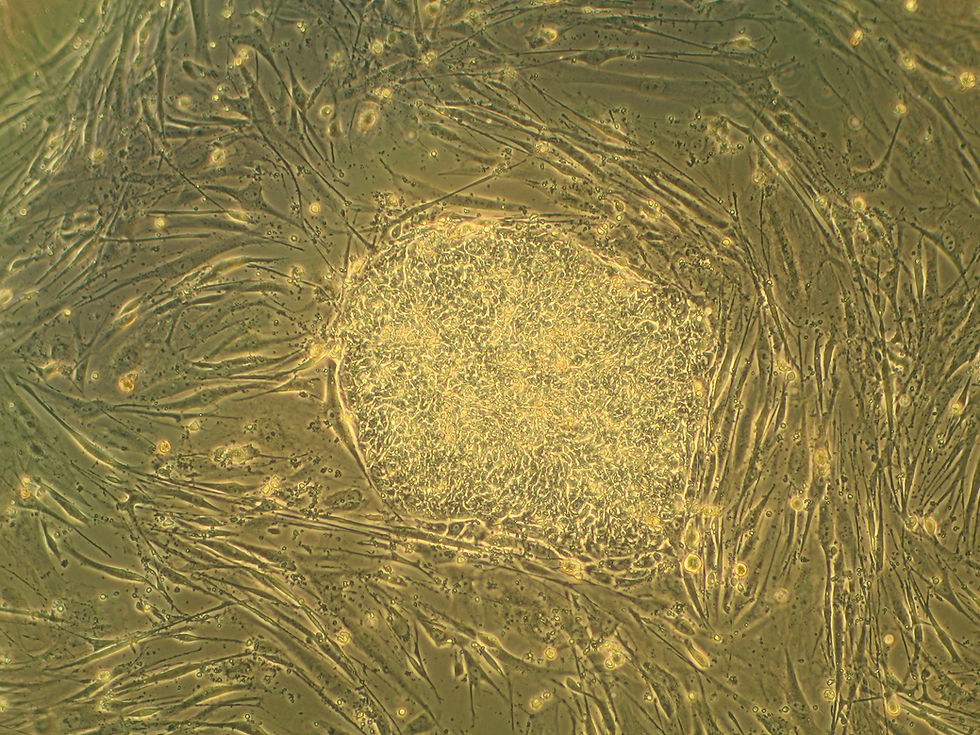COVID-19: The Race For A Vaccine
- Sidharth Raghavan

- Jul 13, 2020
- 4 min read
Updated: Jul 31, 2021

More than 200 years ago, Edward Jenner created the first vaccine to eradicate one of the deadliest diseases at the time - smallpox. Now, vaccines are used everywhere in medicine. Vaccines work by training the immune system to react to a certain protein. Viral vaccines, one of the most common, contain snippets from the virus called antigens which are injected into the body. The body then mounts an immune response to the antigen. Now, it knows how to react should the real virus infect it. However, vaccines cannot treat or cure viral infections; they can only prevent them from causing disease, particularly severe disease.
When the novel coronavirus hit Wuhan, China in November of 2019, a new race began to find a vaccine for it. While a vaccine could prevent the COVID-19 pandemic from spreading further, it may take a long time to develop. We also don’t know how effective it will be - many scientists worry that it may do too little too late. The development of an effective coronavirus vaccine, especially during this ongoing pandemic, will be difficult, but it’s the only hope for many to return to normalcy.

The United States is heavily invested in creating a vaccine as fast as possible. The Trump administration has already initiated ‘Operation Warp Speed’ to provide billions of dollars in funding to accelerate the development and distribution of vaccines. One company, Moderna, is a frontrunner in the race for the COVID-19 vaccine. They have developed m-RNA-1273, a new type of vaccine. Instead of introducing an antigen into the body, RNA vaccines like m-RNA-1273 inject mRNA sequences that code for the antigen. These vaccines have many advantages over traditional viral vaccines because they are safer and cost less to manufacture. However, since mRNA vaccines are relatively new there is no proof yet that they can prevent the disease. Scientists have also heavily criticized Moderna because they have put out qualitative statements about the efficacy of their vaccine without backing it up with data. Nevertheless, Moderna is already beginning its clinical trials as of July 2020. In addition to Moderna’s m-RNA-1273, other companies such as Johnson & Johnson, AstraZeneca, Inovio, and BioNTech (Pfizer) are in the race to make a vaccine. While Moderna is the frontrunner in this race for the United States, this is science - anything can happen.

From many news headlines today, it seems like the process of making a vaccine is quick and easy. I’ll give you a heads up - it’s not. Vaccine development usually takes 10-11 years. Dr. Stacey Rizza, a specialist in infectious diseases at Mayo Clinic, says “We're quite a ways away from that happening. First, we have to have a much better understanding of the virology and the immunology, and the human's response to the virus”. It’s very important for the vaccine to be safe for humans. Scientists cannot take any shortcuts when conducting clinical trials or else they may put us at risk. There are also many obstacles in the way of scientists finding a vaccine but one of the most challenging aspects is identifying an antigen that will cause the production of an effective antibody. On top of that, B cells, the cells that produce antibodies, also have a fail rate. However, there is some comforting news. There are vaccines that might work temporarily depending on the type of person injected, meaning that vaccines that are used for other viruses could be adapted for COVID-19 treatment. For the present, we’ll have to hope that Operation Warp Speed will deliver a safe and effective vaccine as soon as possible.
For patients who have been severely affected by COVID-19, there is another option. Individuals who have recovered from COVID-19 have an antibody for the disease in their blood. This blood is known as convalescent plasma. Doctors insert convalescent plasma from recovered COVID-19 patients into sick COVID-19 patients. Many studies suggest that this method holds promise in treating COVID-19. However, it’s hard to draw conclusions as patients who receive convalescent plasma therapy usually receive at least one other treatment due to their critical condition. According to Mayo Clinic, the therapy also carries a risk of ‘allergic reactions’, ‘lung damage and difficulty breathing’, and ‘transmission of infections, including HIV and hepatitis B and C’. So, while convalescent plasma therapy may dampen the impact of COVID-19, it is unlikely to be a long lasting reprieve.

The multi-billionaire Bill Gates uses his foundation to further research on disease prevention and control. He warned us of a pandemic like COVID-19 five years ago in a now famous TED-Talk. According to Fast Company Magazine, Bill Gates “does not expect the COVID-19 pandemic to wane in the U.S., especially without widespread mask wearing, vaccines, or other drugs or innovative tools”. The World Health Organization initially did not advise people to wear masks, and politics in the United States has led people to think that mask wearing is not a necessity. Will vaccines rescue us? I sure hope so. Unfortunately, Mr. Gates doesn’t foresee the development of a vaccine before the end of 2020 due to the nature of clinical trials. Therefore, to keep safe during this time and to prevent the spread of the disease, we must continue to wear masks, practice social distancing, and disinfect regularly.




Very interesting read